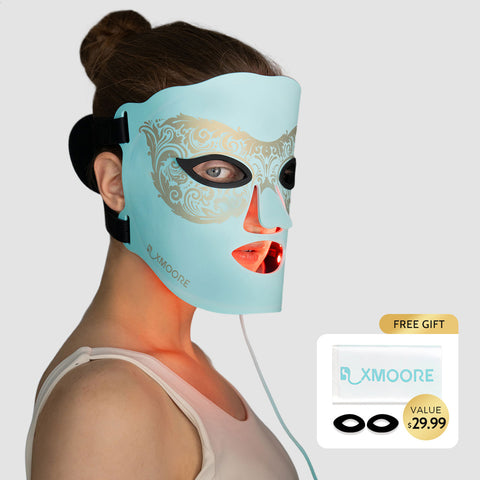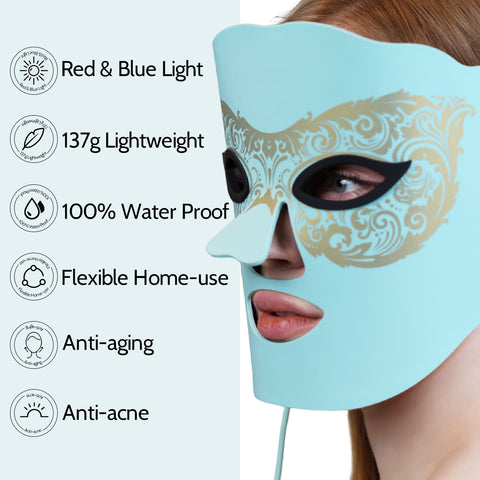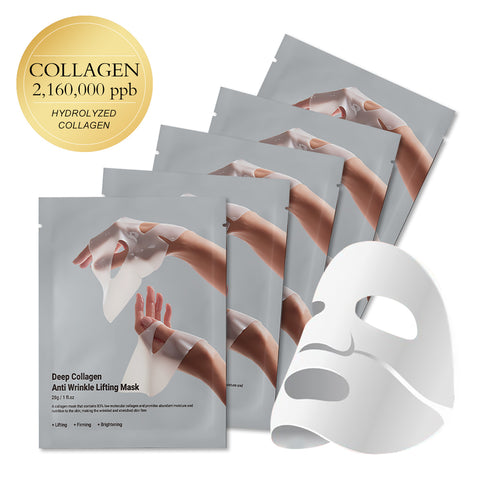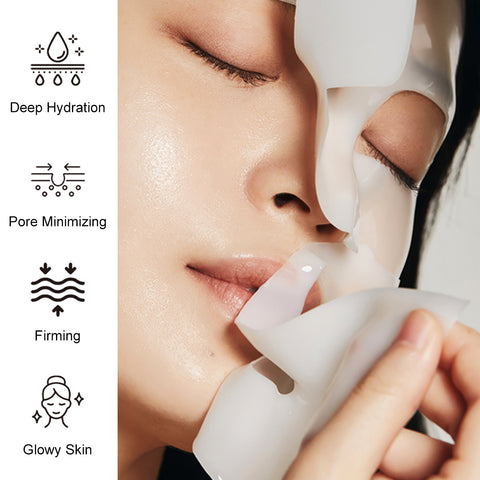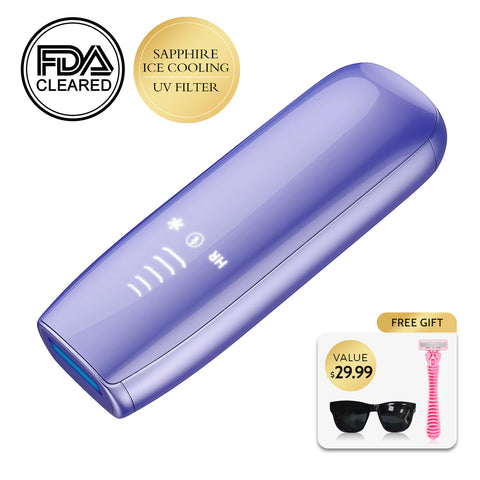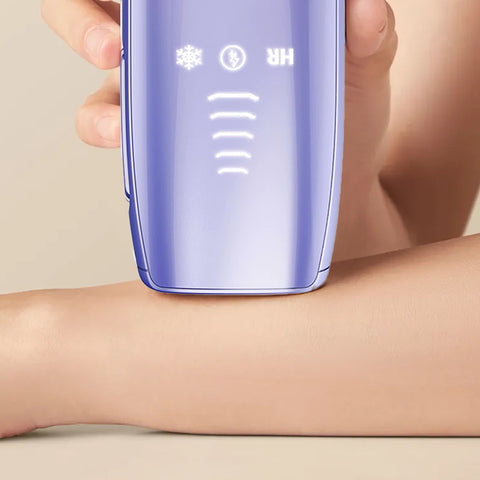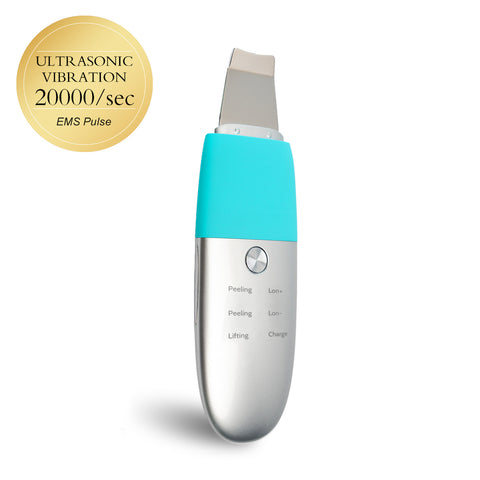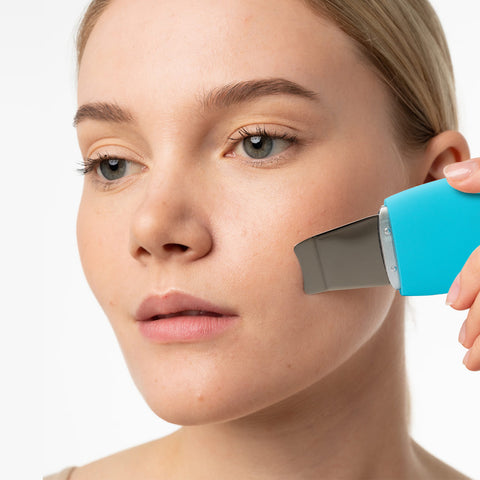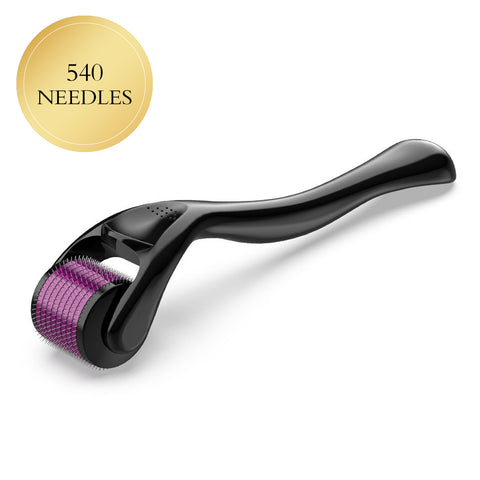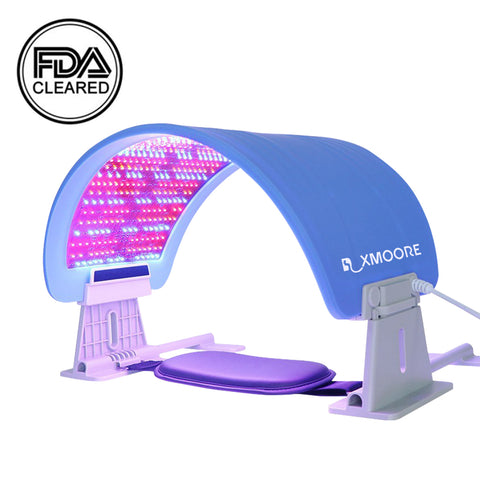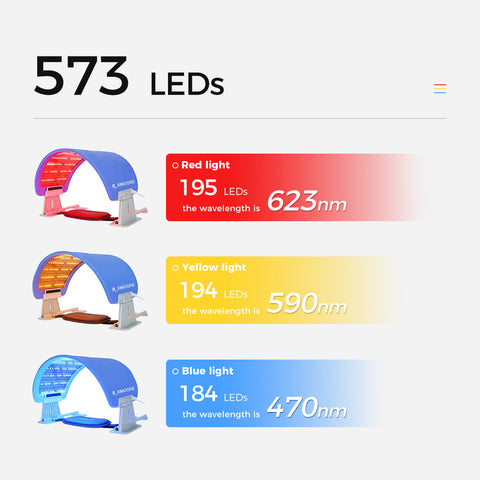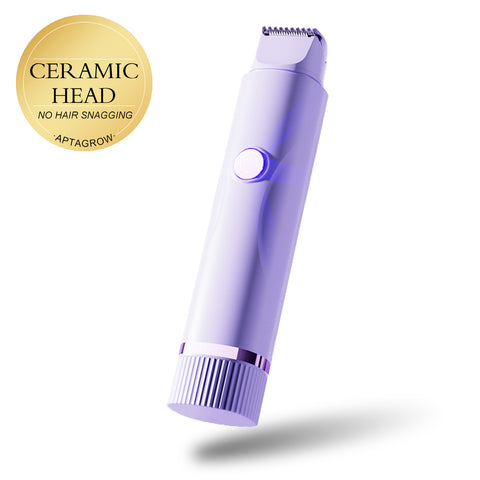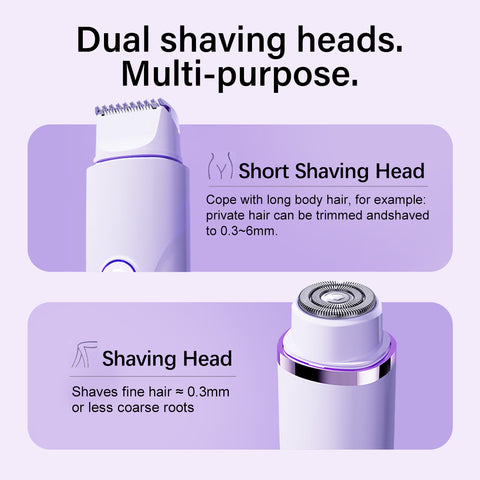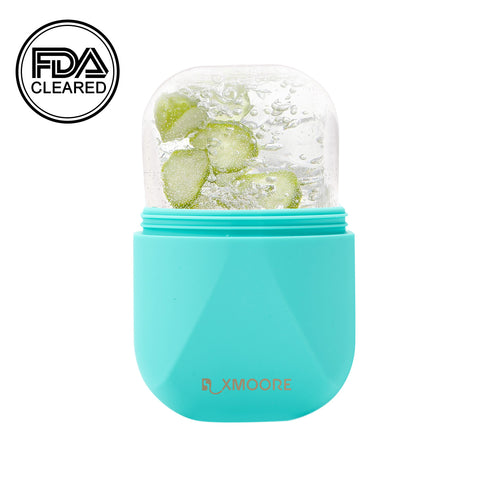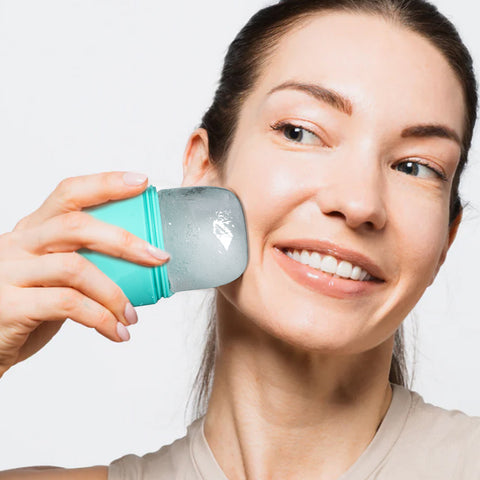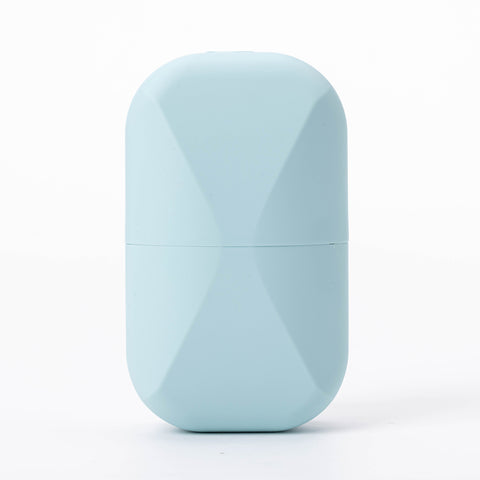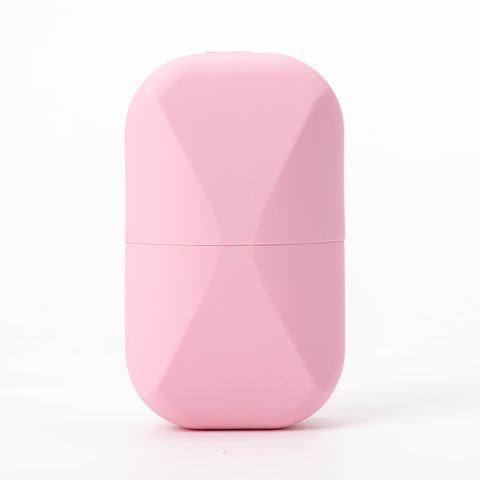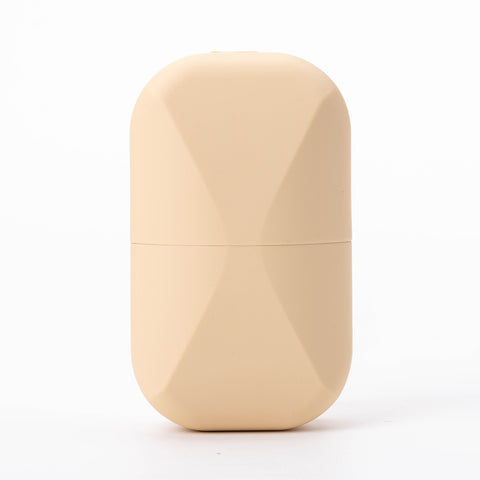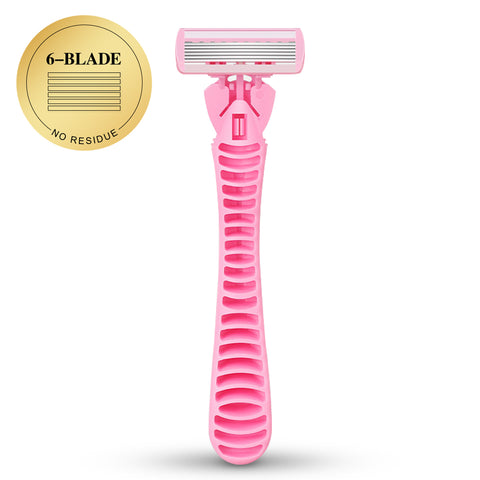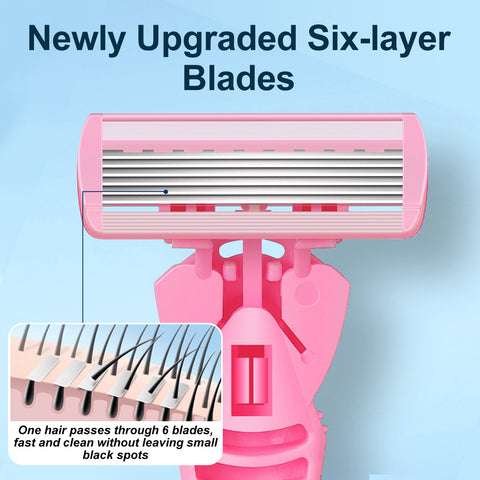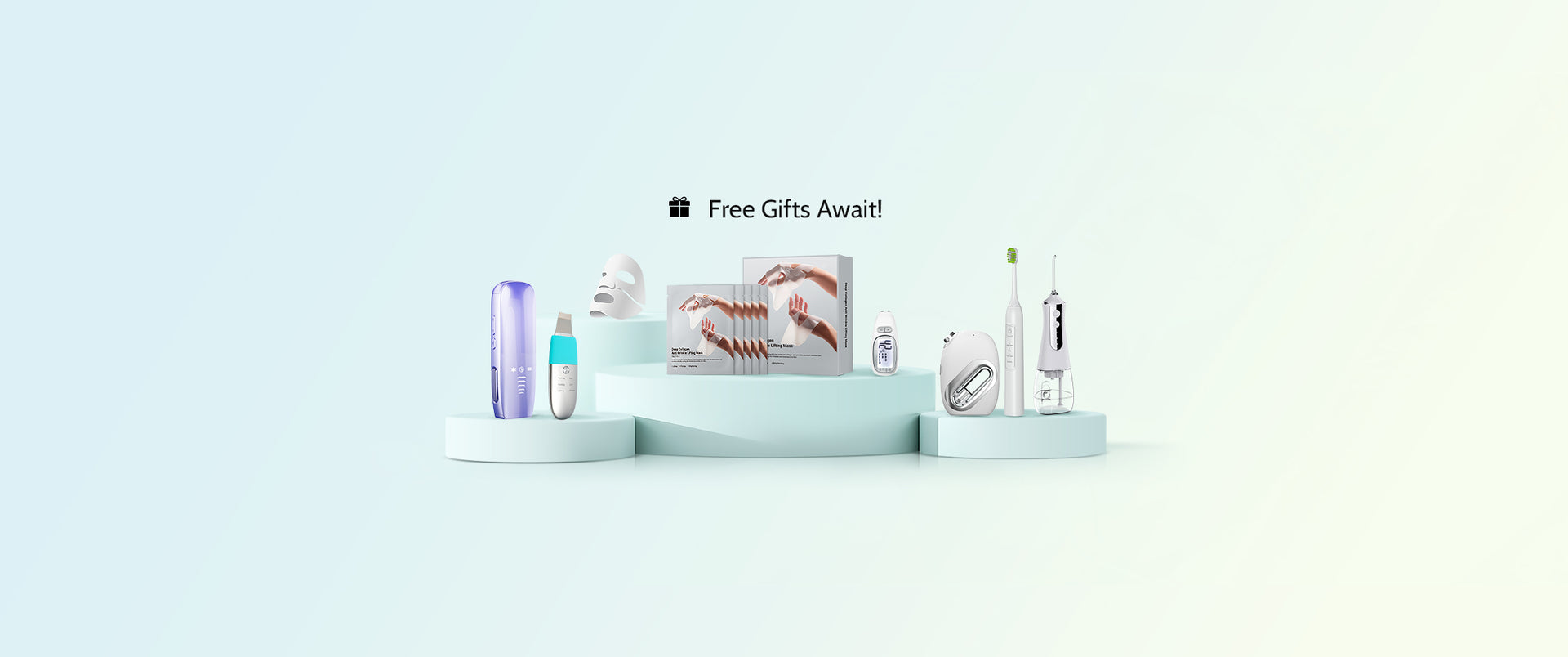
- Article published at:
- Article author: Beauty Rxmoore
- Article tag: best way to shave
Lately, I've been hearing from clients and friends, "I shave and do IPL once a week, exfoliate almost daily, always use a new razor, etc., but keep getting painful bumps and ingrown hairs. Is there a solution?" If you have curly or coarse hair, you'll probably recognize this problem. So, what can you do about it? This post will explain what causes bumps and ingrown hairs and how to prevent them.
Why do bumps and ingrown hairs happen?
Ingrown hairs happen when hair grows back into the skin instead of growing outward. This can lead to red, swollen, and even painful, pus-filled bumps. Some people are more prone to this than others, depending on hair type (curly, coarse), skin sensitivity or shaving habits.
1. Multi-blade razors cut hairs too short
A lot of people think that having more blades makes for a better shave. But the truth is, that multi-blade razors cut hairs below the surface of the skin, which makes it easier for them to get trapped under the skin as they regrow.
Try using a single or double-edged razor, or an electric razor instead. And steer clear of triple+blade razors, as they're likely to shave too tightly and make your hair grow inwards. Try to use the razor for only 1-2 shaves.
Shave in the direction the hair grows, sometimes side to side, but never against the grain.
2. Shaving too often or too tightly
Shaving every day (or even more often than that) can cause tiny cuts in the skin, which leads to swelling and makes ingrown hairs worse.
Don't put up with this for the sake of validation, because your health should be your only priority. Shaving every day will constantly strip your skin, which can lead to things like pus buildup and serious consequences, so honestly, using a razor every day is stupid.
2. Over-exfoliating
While exfoliating helps prevent ingrown hairs, doing it too often can break down the skin barrier, making it more susceptible to irritation and inflammation. When you exfoliate, you're removing dead skin cells, and a bit of the epidermis, and opening up hair follicles, which are exposed to bacteria when you get dressed and lie in bed. Just cut back to 2-3 times a week. And don't forget to add a moisturizer to your routine.
4. Tight clothes can make your skin more prone to irritation. Wearing tight underwear, bottoms, or synthetic fabrics straight after shaving can lead to sweat and bacteria building up, which can cause irritation and ingrown hairs. Choose loose cotton underwear and breathable fabrics, especially after epilation.
3. Proper use of IPL hair removal
Some of you may have already tried one or several IPL hair removal products. To be honest, it is very tempting to be able to remove hair at home at any time, enhancing privacy and reducing costs. The only thing you need is to stick with it for a while, but we often hear voices that there is no effect after using the IPL or there is a big tingling sensation that makes it difficult to stick with it.
First things first, you need to pick an IPL device with adjustable energy and enough power. I've written a previous blog on how to choose an IPL hair removal device, click here to read.
Once you've got a proper IPL hair removal device, follow the best steps to use it and get the best results:
1️ Shave before your IPL treatment – this makes sure the light reaches the hair follicle and not the surface hair.
2️ Use IPL once a week for 8+ weeks – consistency is the key to seeing real results. You might be thinking, do I have to do this every week forever? The good news is that you don't have to use it every week forever. Stick with it for 8-12 treatments and you'll notice the hairs growing slower and slower, the hairs getting finer and fewer, and then you can use it less often, say once a month, as maintenance.
After each treatment, make sure you moisturize and avoid tight clothing, as keeping your skin hydrated will help prevent any irritation.
Who should try IPL?
IPL works best on people with light to medium skin tones and dark hair because it targets the pigment in the follicle. If you often have inward-growing hair, razor bumps, or irritation, IPL might be worth a try for long-term relief.
Check out the Rxmoore IPL device for a real solution to shaving bumps and ingrown hairs, leaving you with smoother, irritation-free skin!
Learn More





